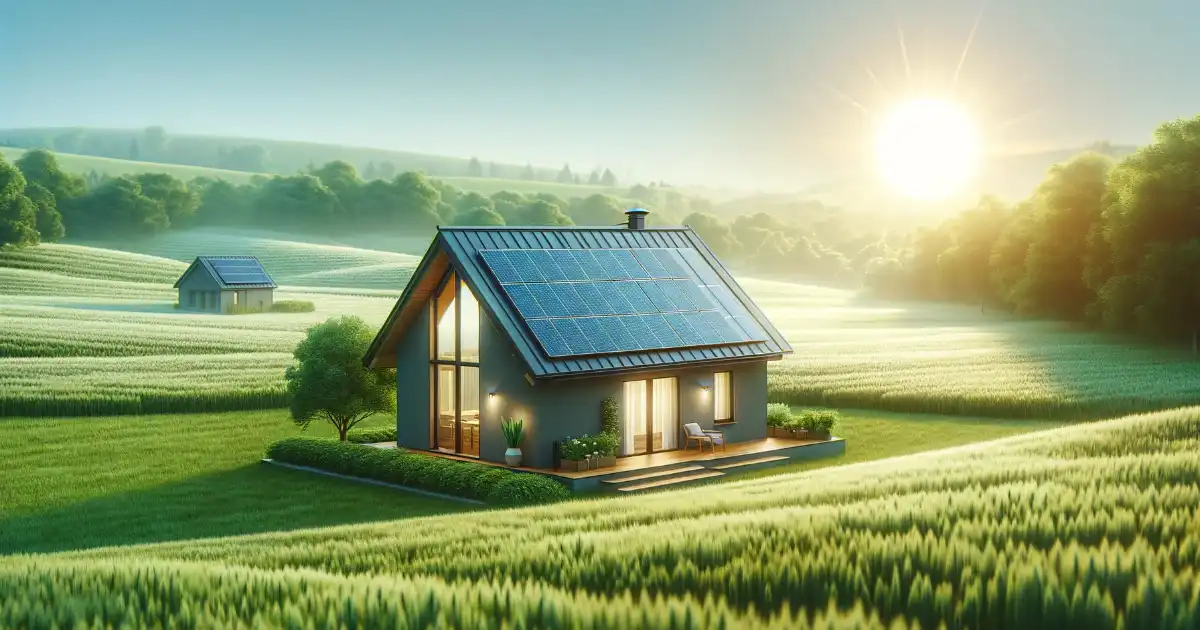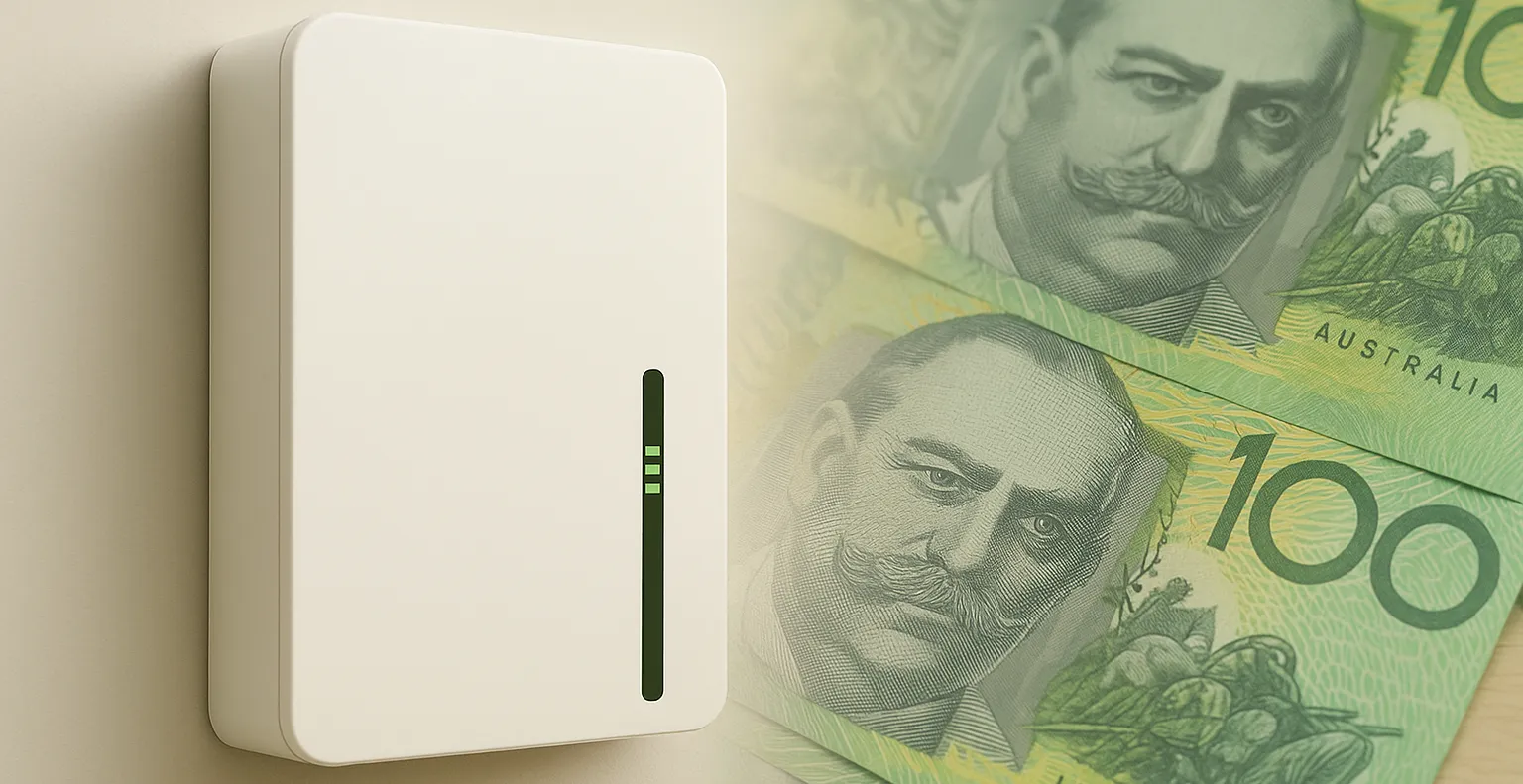With over one million Australian homes now harnessing the power of rooftop solar photovoltaic (PV) systems, generating clean electricity has never been more accessible. If you're considering joining the solar movement, there are several crucial factors to weigh before making your investment. Here’s an updated and detailed guide to help you navigate the process of purchasing and installing a solar PV system for your home.
1: Assess Your Solar Potential
Before diving into the world of solar power, it’s essential to determine whether your home is suitable for a solar PV system. Start by evaluating how much sunlight your roof receives throughout the year. Consider any potential shading from trees or nearby buildings that could affect performance. Additionally, think about the optimal size and type of system for your energy needs. Don’t forget to check for any government incentives or rebates available in your area that can significantly reduce upfront costs.
2: Communicate with Your Power Company
Installing a solar power system can disrupt traditional energy models, as it allows consumers to generate their electricity and potentially reduce dependence on fossil fuels. Before proceeding, contact your electricity provider to understand how introducing solar might impact your current rates. Inquire about the feed-in tariff (FiT) they offer—the rate paid for excess electricity generated by your system and fed back into the grid.
3: Choose an Accredited Installer and Design Your System
Selecting a reputable installer is paramount to ensuring a successful solar installation. Shop around and get multiple quotes from different retailers and installers. Use online resources such as SolarQuotes.com.au to research and compare various brands of solar panels and inverters.
Ensure that any supplier you consider is accredited by the Clean Energy Council (CEC). This accreditation guarantees that they adhere to industry best practices and provide high-quality installations.
4: Sign a Detailed Contract
Once you've selected the ideal system size, components, and installer, you'll receive a contract outlining all details of the installation process. Read this document carefully before signing—pay close attention to warranty terms, payment schedules, and any additional costs that may arise during installation.
5: Installation Process
Your chosen installer will handle the physical setup of your new system. The installation typically involves three main steps:
- Mounting Solar Panels: Positioning them optimally on your roof.
- Installing Inverter: Connecting it either inside or outside your home.
- Cabling: Linking panels to the inverter securely.
A well-executed installation ensures maximum efficiency and longevity of your system.
6: Grid Connection
Connecting your newly installed PV system to the grid usually requires coordination with your electricity provider. Often, this step is managed by your installer on your behalf but be aware that procedures can vary by state.
7: Enjoy Your Solar Benefits!
Congratulations! With everything set up, you should be able start enjoying reduced electricity bills thanks to clean energy from the sun. Regular maintenance is key—keep those panels clean and follow any upkeep guidelines provided by your installer for years of trouble-free operation.
For further insights into installing a solar PV system—including expert advice on pricing—visit SolarQuotes.com.au.
Happy Solar Power Hunting!
Disclaimer: This article does not constitute financial advice; always seek independent financial consultation before making significant investments.

